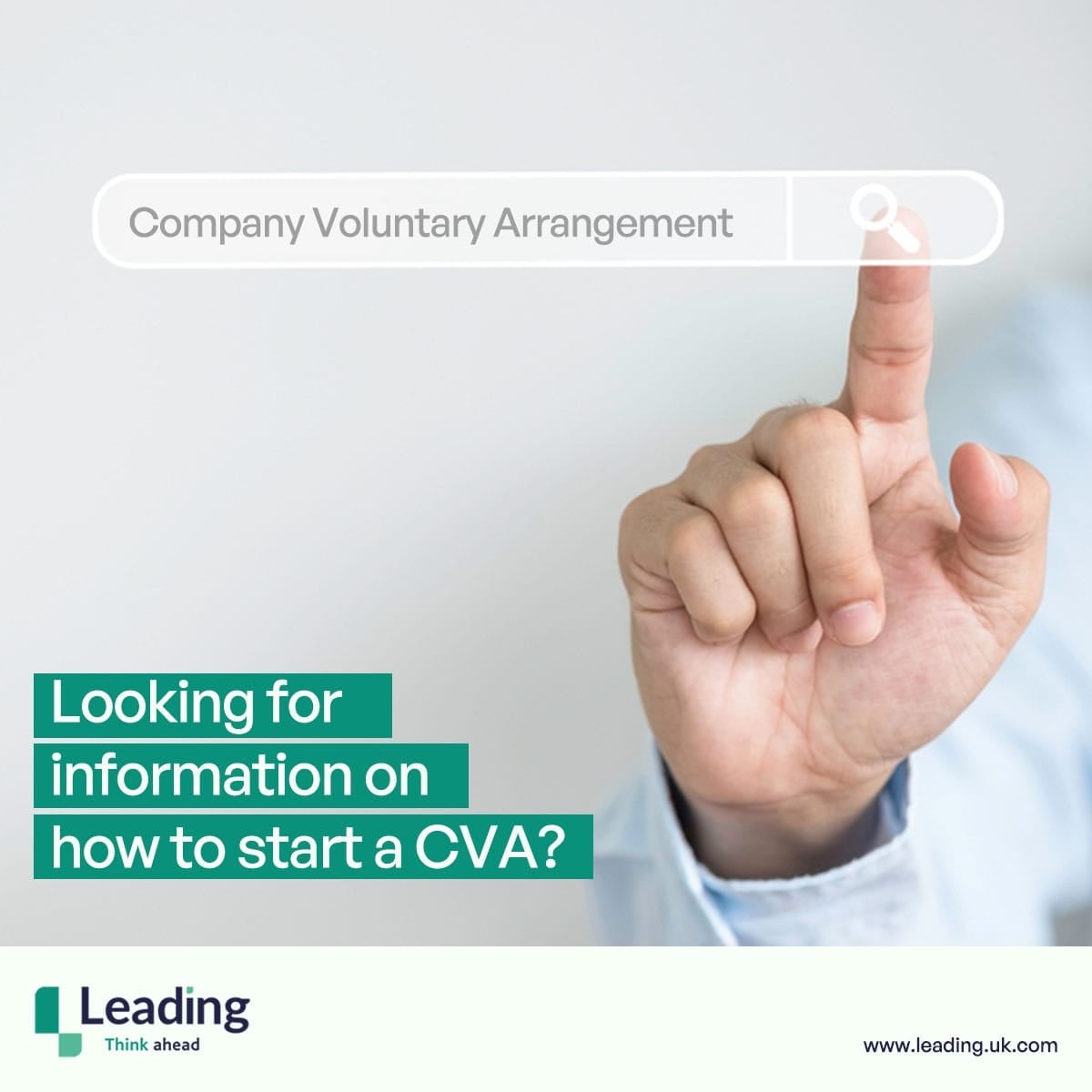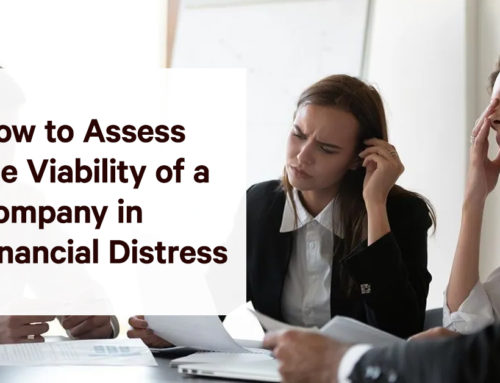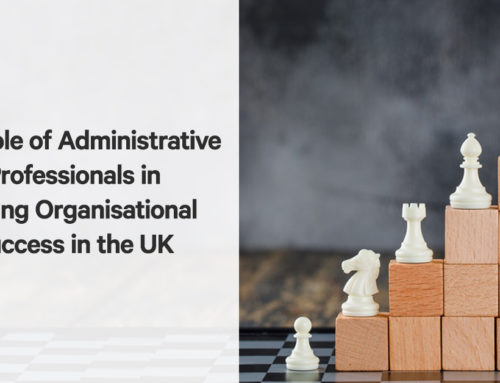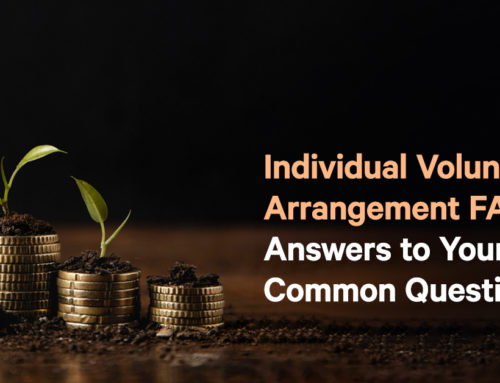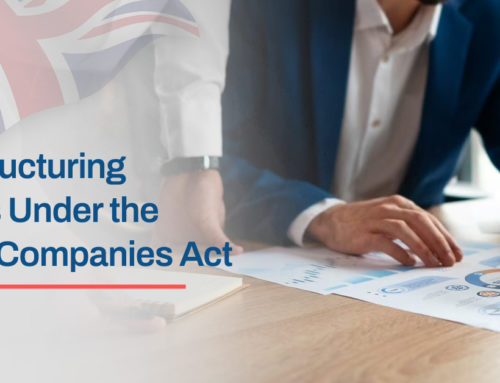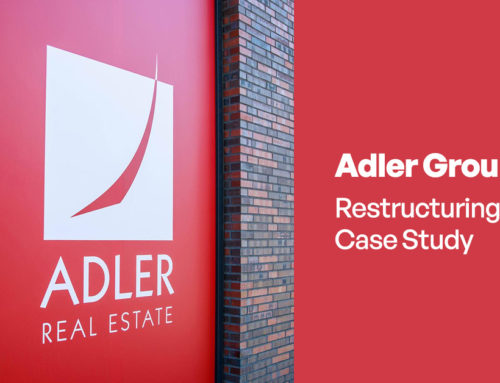The last couple of years have been extremely difficult for businesses of all sizes, particularly for some industries, such as retail, travel, and hospitality. The coronavirus pandemic has hit companies hard and with support from the government ceasing in the last few months, many are struggling to stay in business.
Negotiating a Creditors’ Voluntary Arrangement (CVA) has been an option for many directors looking to slow down the possibility of entering a liquidation procedure, and to reduce outgoings until the business has picked up sufficiently. It’s not just the small business that has been struggling in recent months to bounce back to ‘normal’ trading. Large corporate companies have also sorted the use of a CVA, such as Regis and New Look. So, if your company is struggling with debt, is a CVA the right option for your business?
What is a CVA?
A Creditors’ Voluntary Arrangement is a formal insolvency procedure used to help support and rescue businesses from liquidation. It is a legally binding agreement with your creditors – you need 75% of your creditors, by value, to support your CVA proposal – to pay back your debts at an agreed amount, for an agreed period of time, which is usually three to five years. There are several advantages to a CVA:
- They can help reduce outgoings to allow for better cash flow
- Removes pressure from HMRC for payment of tax, PAYE, and VAT
- Can cease the threat of a court’s winding-up petition
- All debts are brought together in one monthly payment
- Is less expensive than other rescue packages, such as administration or a Scheme of Arrangement
- Allows for restructuring the business in terms of number of staff, customer and supplier contracts, and property leases
- The board of directors and shareholders keep control of the company.
- As with any formal insolvency procedure, a CVA must be overseen and managed by a licensed insolvency practitioner who liaises with and acts on behalf of, the company’s creditors.
.What is the CVA process?
Cash flow is often the biggest problem for cash-strapped businesses, particularly over the past two years. A CVA reduces the demand on a business’s finances, enabling them to deal with late payments and non-payments from customers, thereby improving their cash flow position.
To enter a CVA process, the directors of an insolvent company work with an insolvency practitioner (IP) to draw up a proposal which the IP presents to the creditors. This includes the overall monthly payment the company is able to pay, which the IP will distribute amongst the creditors (if more than one), if the CVA is accepted. There is also the provision that any interest and other charges on the debt are stopped and when the CVA ends, any remaining debt is written off.
The steps of a Creditors’ Voluntary Arrangement are:
- The appointed IP will review the company’s financial situation and operations, then draw up a draft proposal for the directors to agree upon. The proposal will include five-year financial forecasts to help creditors come to a decision.
- The directors liaise with their secured creditors, such as a bank, to advise on how they will be paid back
- The proposal is lodged with the court by the IP who allocates it with a unique identifying number, and copies of the proposal are distributed to the company’s unsecured creditors.
- Creditors have a minimum of 14 days to consider the proposal, whether it meets a sufficient repayment level so they can meet their requirements, and decide how they will vote, i.e. in favor or not in favor, although HMRC often need more time
- A creditors’ meeting is arranged by the IP at which creditors are able to ask any questions of the directors. Often, the vote to accept or not is taken at this meeting. 75% of the creditors (by debt value) must approve the proposed agreement. A second vote follows which doesn’t include the company’s connected creditors and this vote needs a minimum of 50% of the votes to agree.
- Once the proposal has been agreed, the IP submits a written report to all creditors and the court which details the decision, the creditors and directors at the meetings, and how each person voted. This must be completed within four days of the meetings.
- At this point, any interest or charges on the company’s debts are stopped and repayments commence in accordance with the agreed details in the CVA. The payments are made to the IP who subsequently distributes the monies to the relevant creditors.
- Whilst the CVA is active and ensuring the terms and conditions of the CVA are met, no creditor is able to take any legal action against the company.
The level of payment must be affordable for the company but must also meet creditors’ requirements – there’s no point in a creditor accepting payment only to have it put them in a difficult financial position. In many cases, the payments are set out as incremental payments over the period of the CVA in line with forecasted profits over the agreed time frame of the CVA. However, any late payments or non-payment by the company (without a very good reason) will result in the CVA becoming null and void, and the company will be forced into liquidation.
Once the CVA finishes, the company is released from its obligations and any remaining debt that was detailed in the CVA is written off.
A Creditors Voluntary Arrangement allows businesses to continue to trade and work their way out of an insolvent situation. At the same time, directors are given the opportunity to restructure their business and its operations, usually with the advice of the insolvency practitioner, and retain control in running the business.
If your business is struggling with debt and you’re finding it difficult to see a way out of the problem, the first step is to seek professional advice. Our highly experienced professionals at Leading UK are on hand to help with advice on business rescue options and restructuring operations to keep your business trading.

